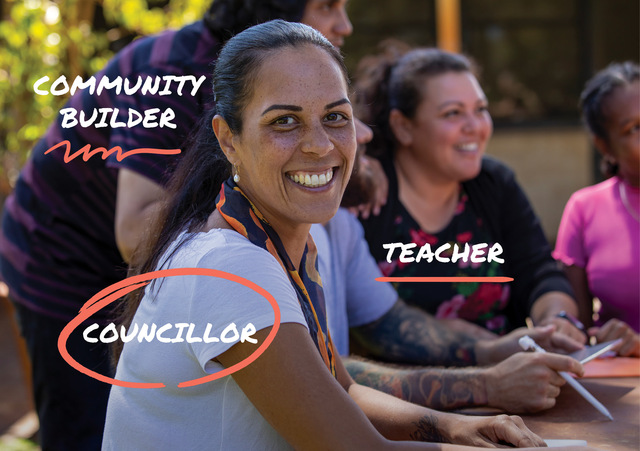Like death and taxes, a further thing we have come to accept as inevitable is change. Change is good for an organisation particularly when it becomes part of a ‘culture of continuous improvement’, that is always looking for better ways of doing things.
It is certainly easier to coast along in our comfort zones continuing to do more of the same but, both as individuals and organisations, this stagnation will soon leave us behind.
Change needs to be carefully planned and managed. Everyone involved must feel that they are part of the process and have ownership of it. Change imposed from the top down is likely to strike problems. Similarly, when people feel they have been coerced into accepting change because they have no way of stopping it, this ultimately will weaken the reform process because not everyone is totally committed to making it work.
It is true that some people need encouragement to accept change. However, once the benefits are evident, it is often these people who are the most ardent supporters of new systems. With a new set of circumstances, together with a more open playing field to put in place additional innovations, some individuals and organisations really excel.
In the recent Victorian reform process, the State Government chose to leave elected Councillors out of the equation. Council staff did have an ongoing role so long as they did not draw the short straw in the downsizing exercise. Although the massive upheaval saw a period of uncertainty and reduced staff productivity, once the dust settled, a number of organisations and individuals set out to make the most of new opportunities.
Some Councils took on the Kennett Government’s new ‘business approach’ and ‘equal playing field’ a little too ardently. When one Council tried to use a particular market advantage, the result had major ramifications throughout Government! Also where Councils have wanted to corporatise some of their activities, along the lines of the New Zealand model of setting up separate entities from Council, the State Government has not been keen to give the go ahead on this.
In Victoria, there have been some winners and losers, with the size of a Council having little bearing on whether they have been a high achiever.
Change does create new opportunities but simply introducing a particular reform process because it seems to have worked elsewhere is not good public policy.
Following the Thatcher model in the UK and Local Government reform in New Zealand, Victoria introduced Compulsory Competitive Tendering. Although it is still a wait and see situation, with no other Australian State yet to follow suit, a number of Councils have increased their market testing activities, and introduced a purchaser/provider split, believing that it is likely their State Government may also move in this direction. The election of the Blair Government and the change to Best Value has again led to a wait and see game.
Over the years, decision makers in all spheres of Government have been guilty of introducing policy reform simply because it has occurred elsewhere. In Tasmania, the previous Rundle Government learned this the hard way. In South Australia, Local Government reform was more successful due to that Government including a ‘voluntary’ element in amalgamations.
As the Northern Territory moves forward with its reform agenda, the Government, Councils and community must be sure that they develop reforms that will continue to enhance, and not jeopardise in any way, their unique style of Local Government.







